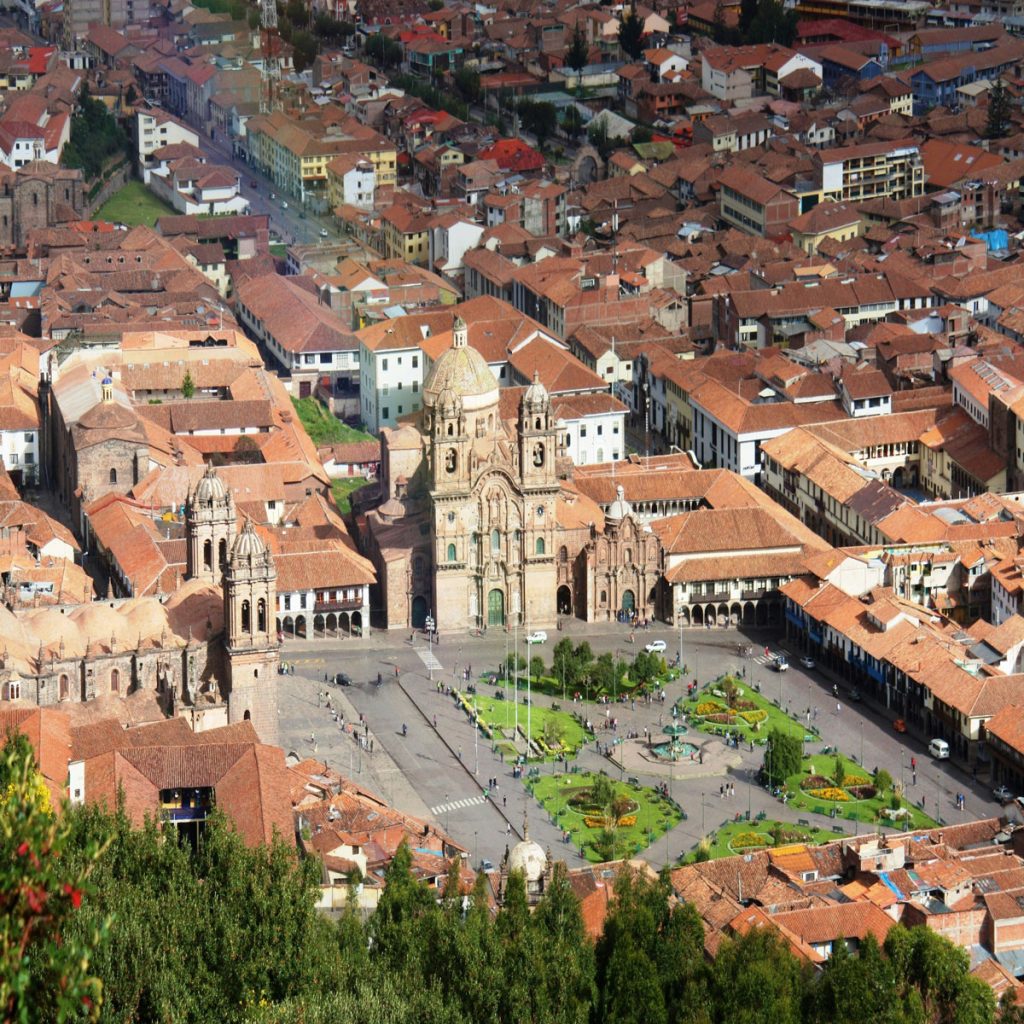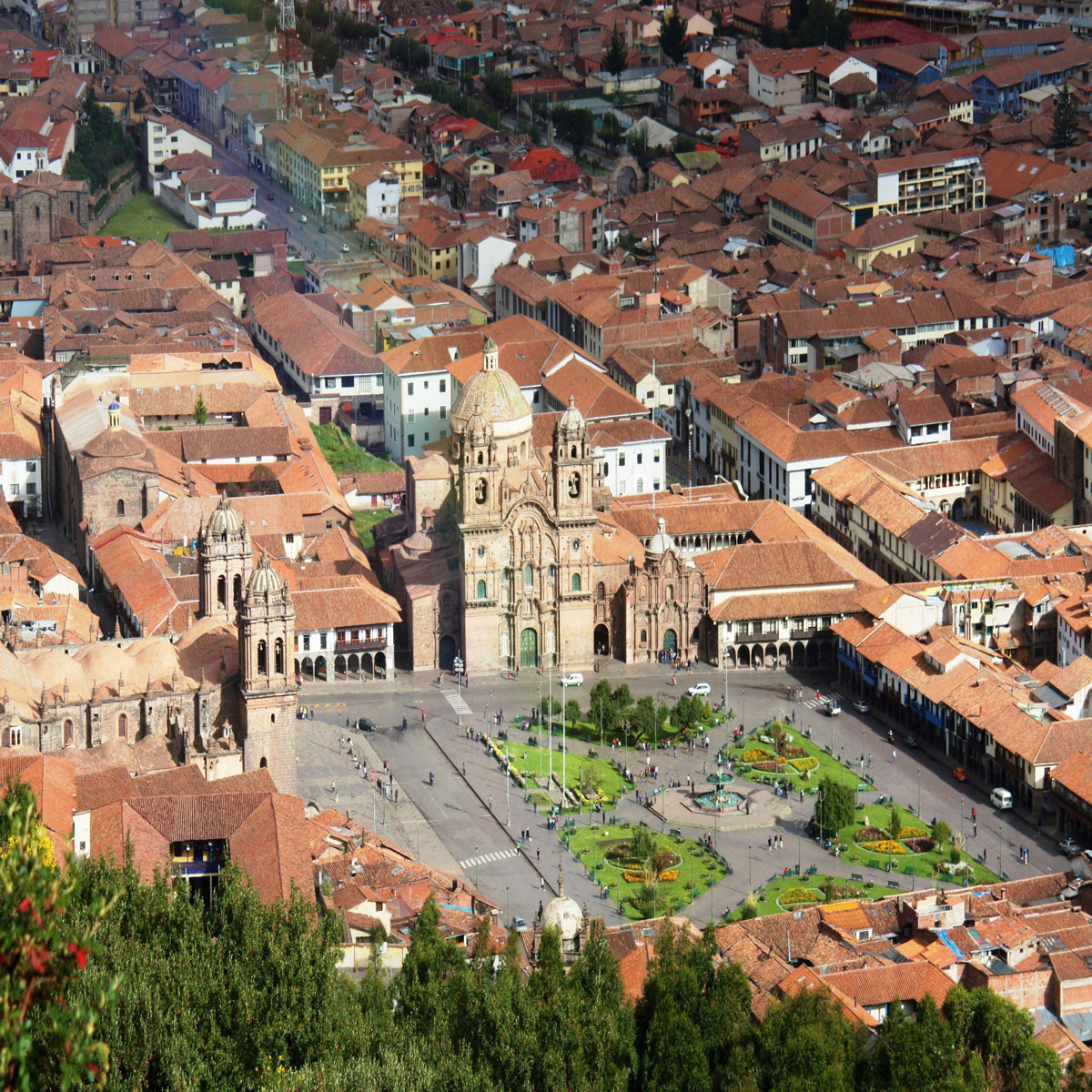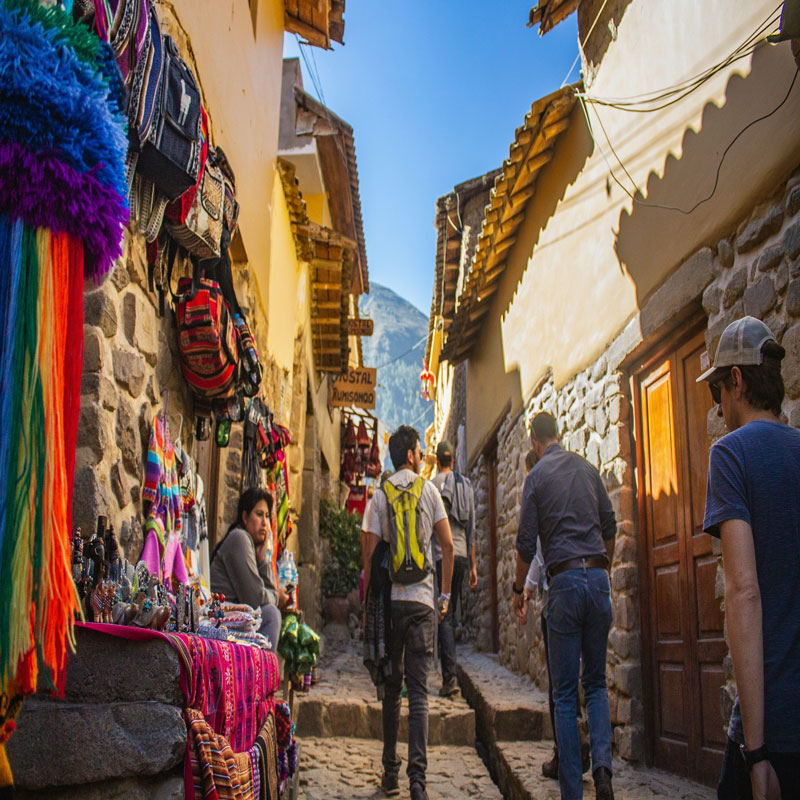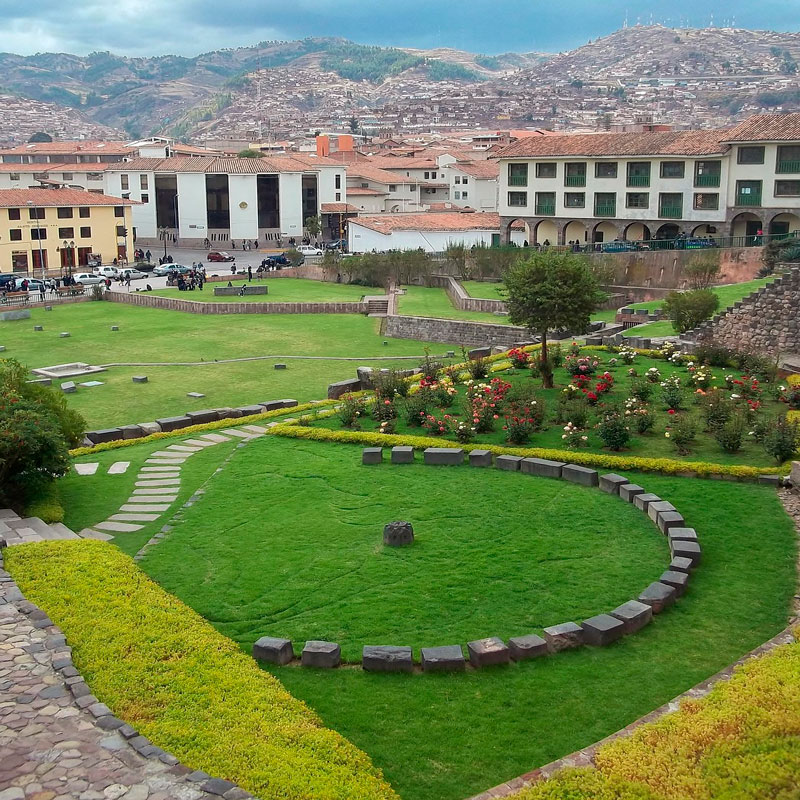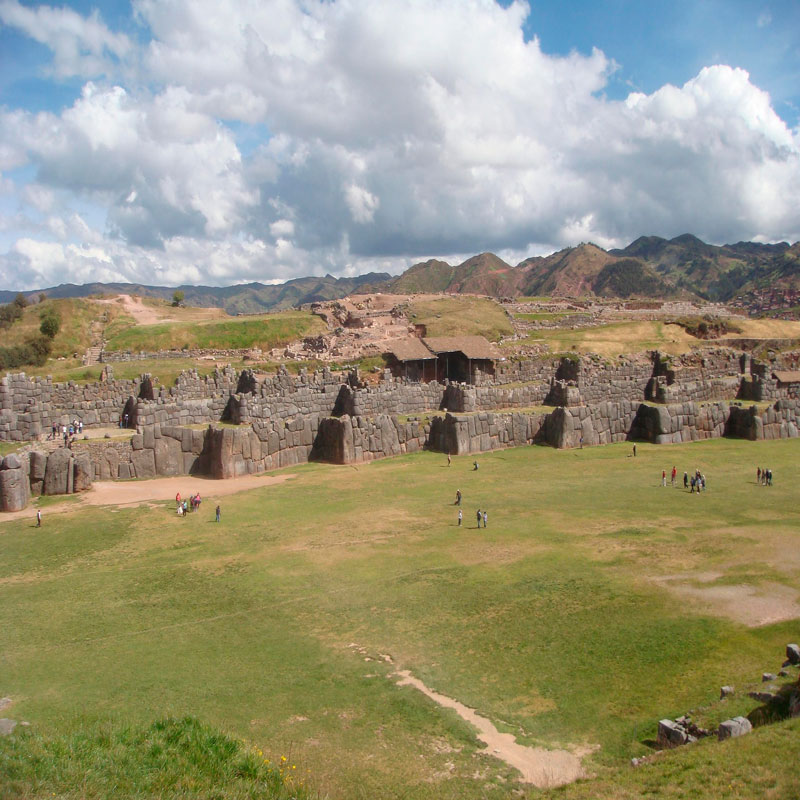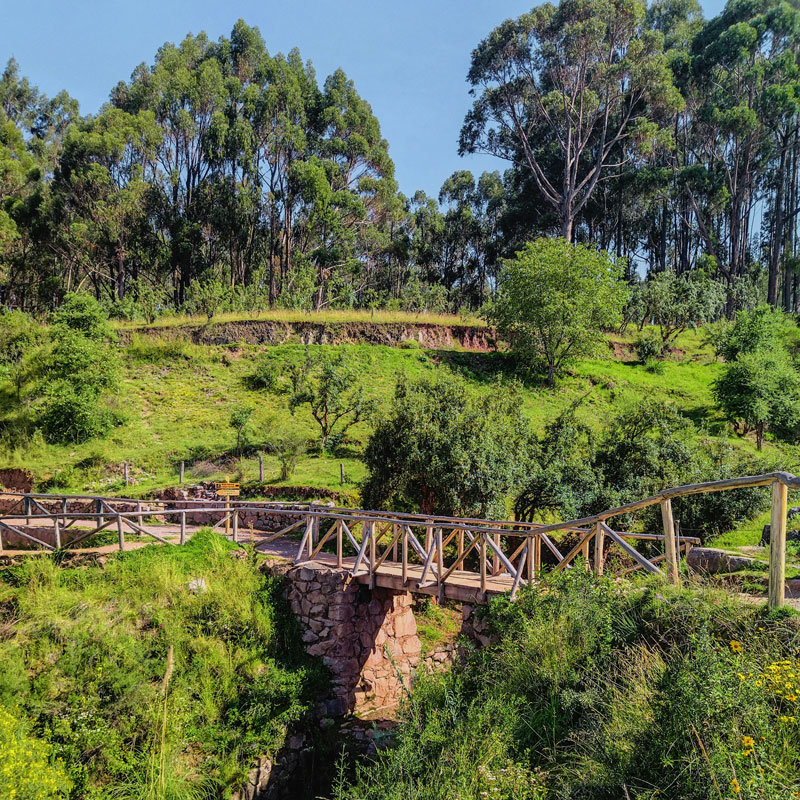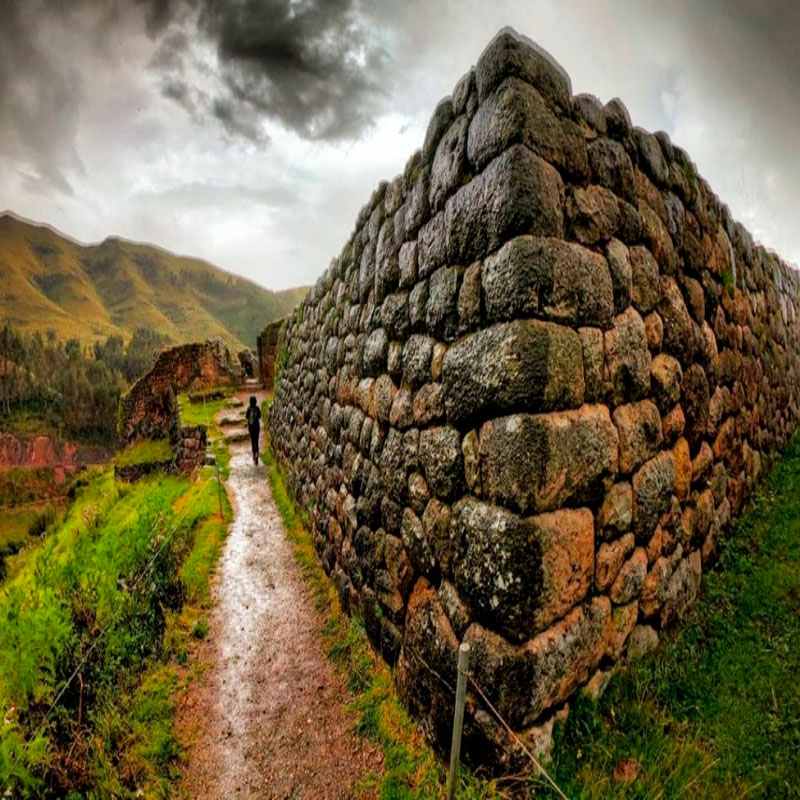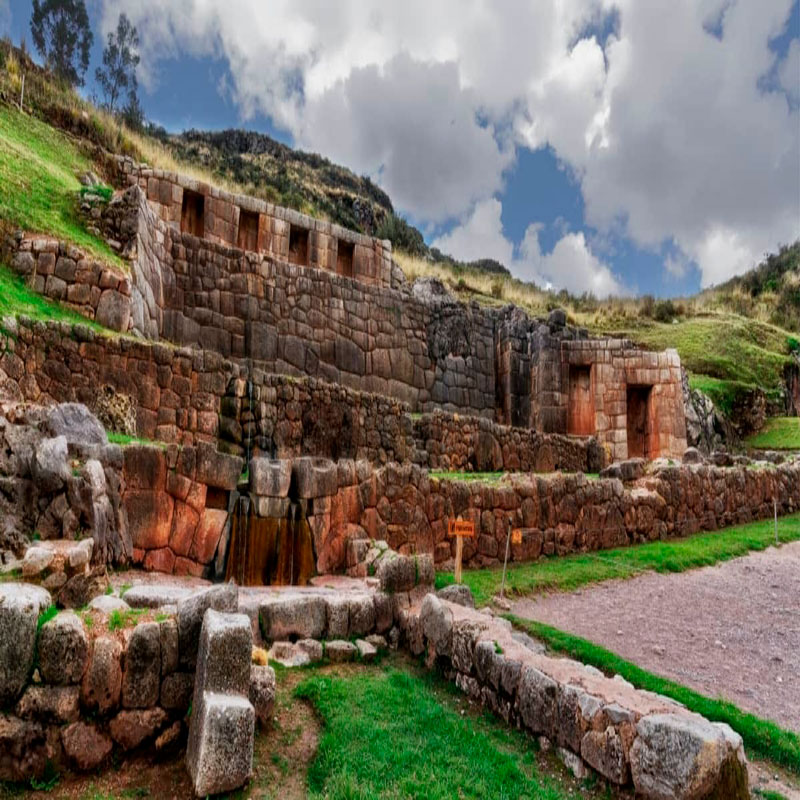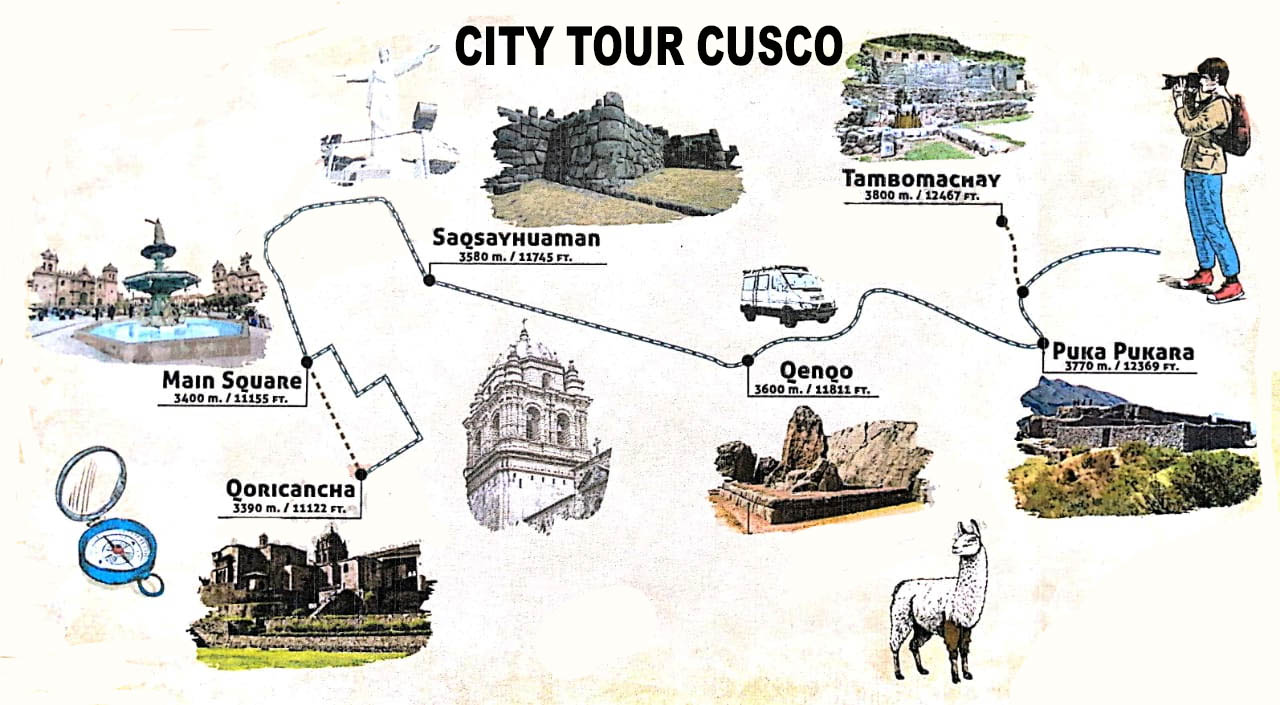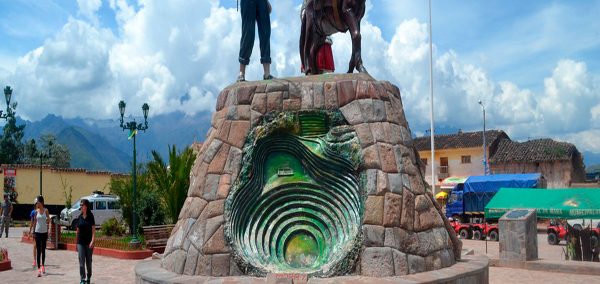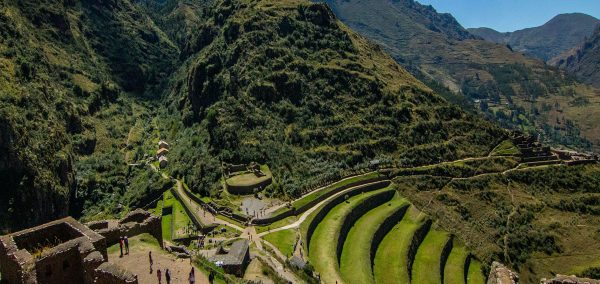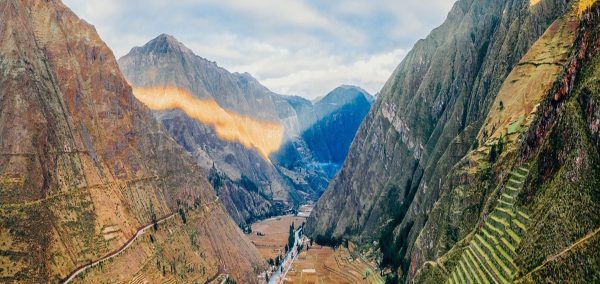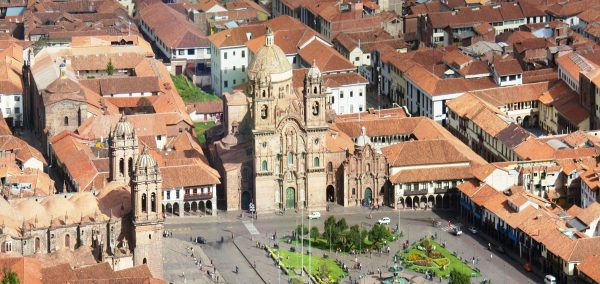City Tour Cusco | Half-Day Tour (Afternoon)
Itinerary:
Tour Description:
This exciting half-day tour begins at 1:10 PM at the Okidoki office (located in Okidoki Hostel, Cusco). From here, we’ll head to our first destination, the Qoricancha, also known as the Temple of the Sun, located right in the heart of Cusco along the famous Avenue of the Sun. Here, your professional guide will take you through the temple’s fascinating history and its vital role in the Inca Empire.
Next, we’ll board our private bus to reach the majestic Sacsayhuamán fortress, perched above the city. This archaeological site is famous for its enormous, perfectly fitted stones and was a key temple and military complex in Inca times. Your guide will explore the site with you, sharing stories of its incredible construction and cultural importance.
Continuing our journey, we’ll visit Qenqo, a mysterious site once used for ceremonial sacrifices and mummification rituals. Then, we move on to Pukapukara, a small but strategic Inca control and ceremonial center, providing insight into the empire’s sophisticated organization.
Finally, we’ll arrive at Tambomachay, known as the “Baths of the Inca.” This stunning site is dedicated to water and purification ceremonies, featuring beautifully preserved fountains and water channels.
After this enriching journey through Cusco’s ancient wonders, we’ll return to the city by 7:00 PM.
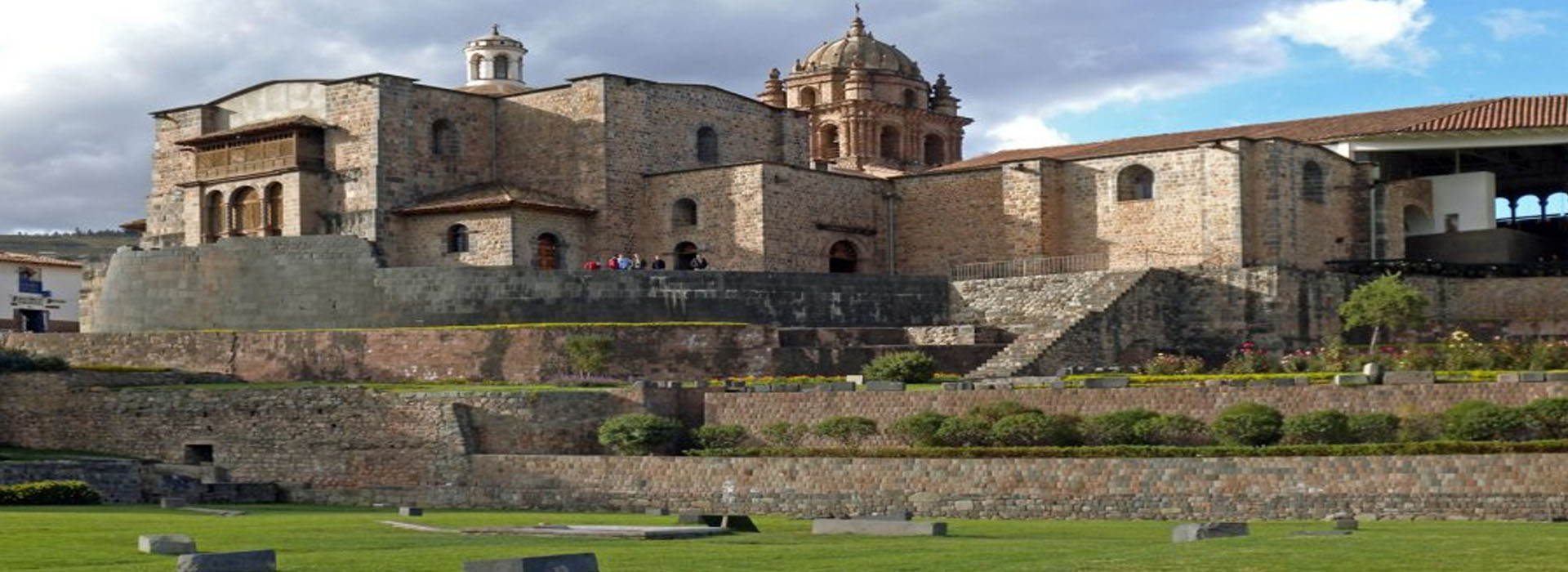
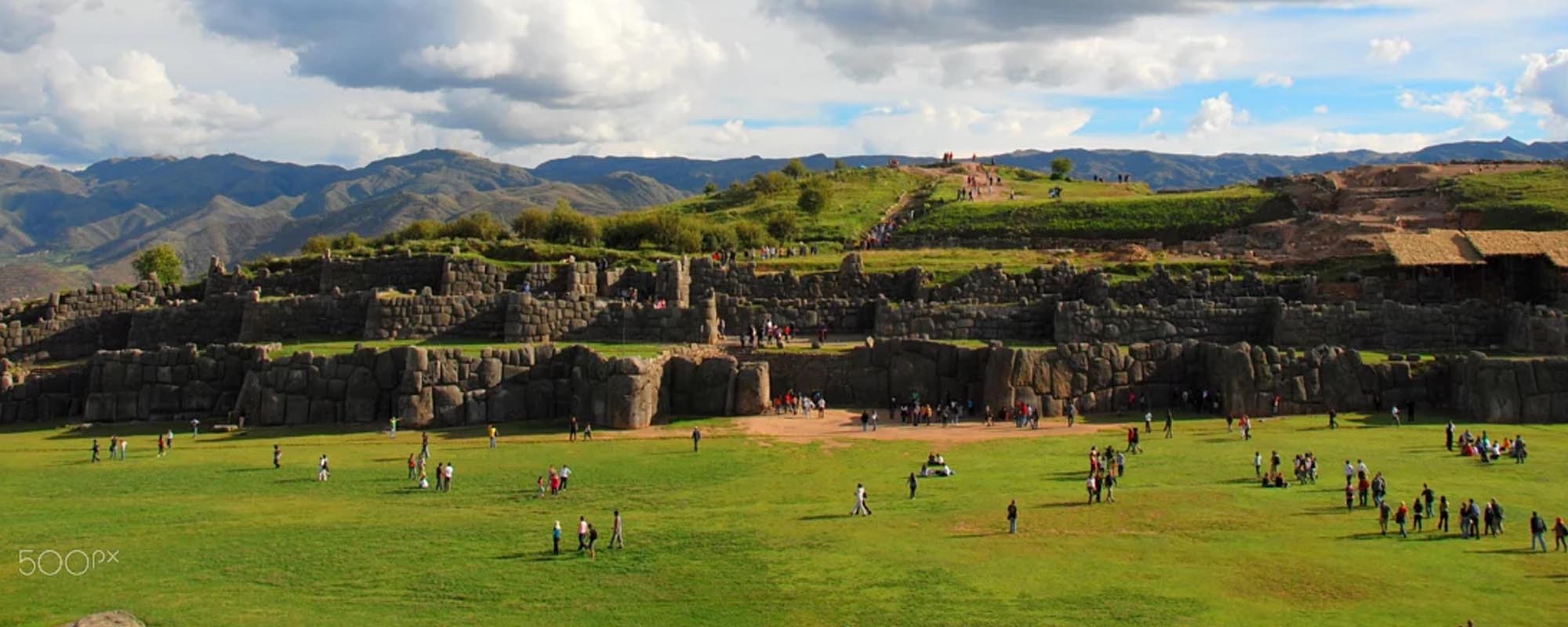
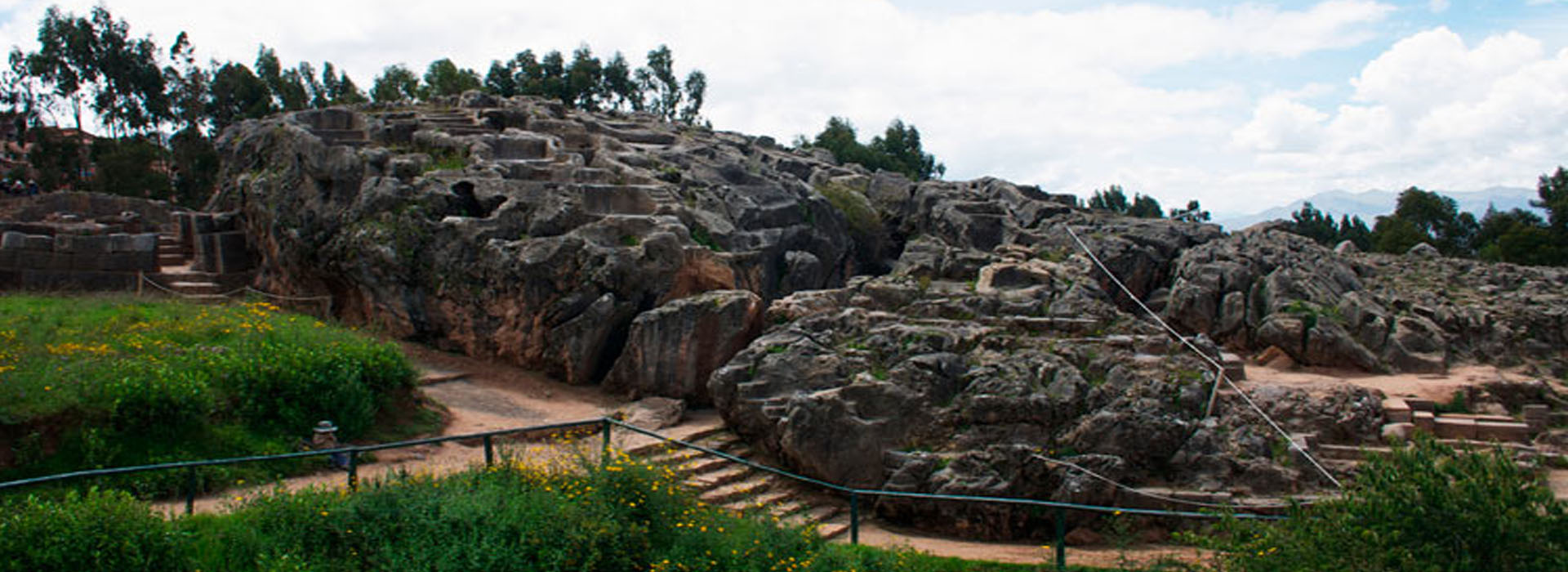
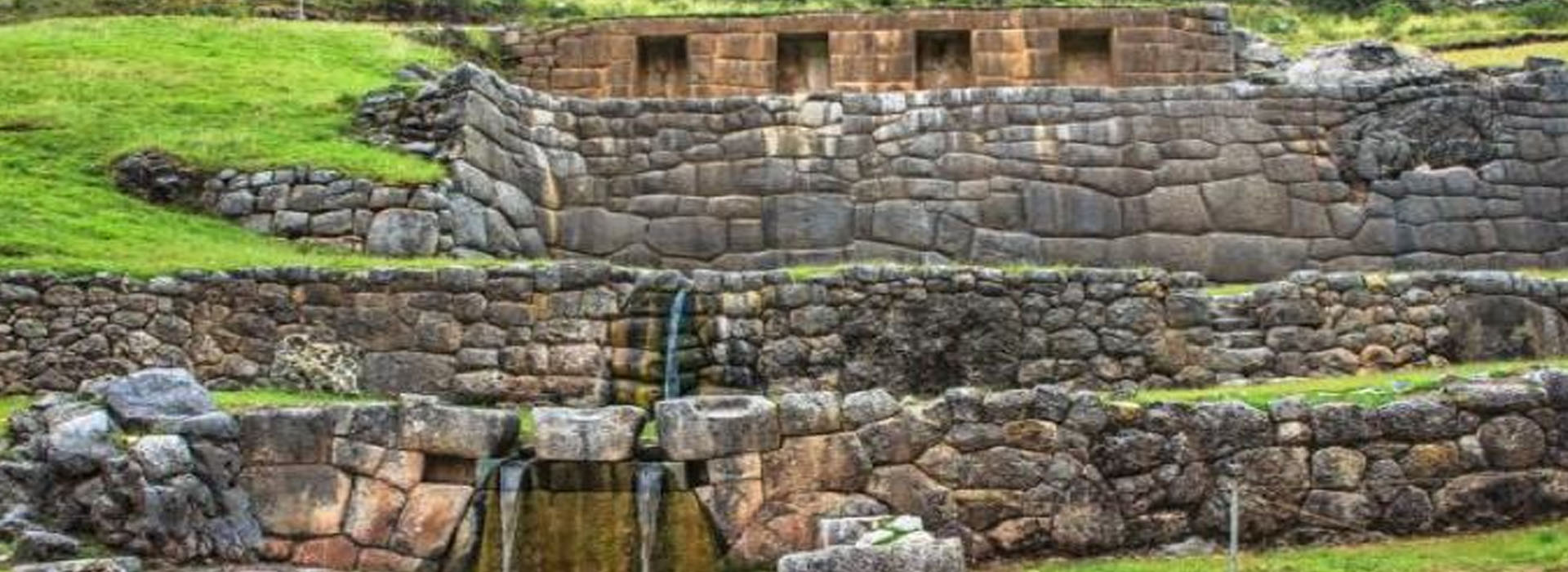
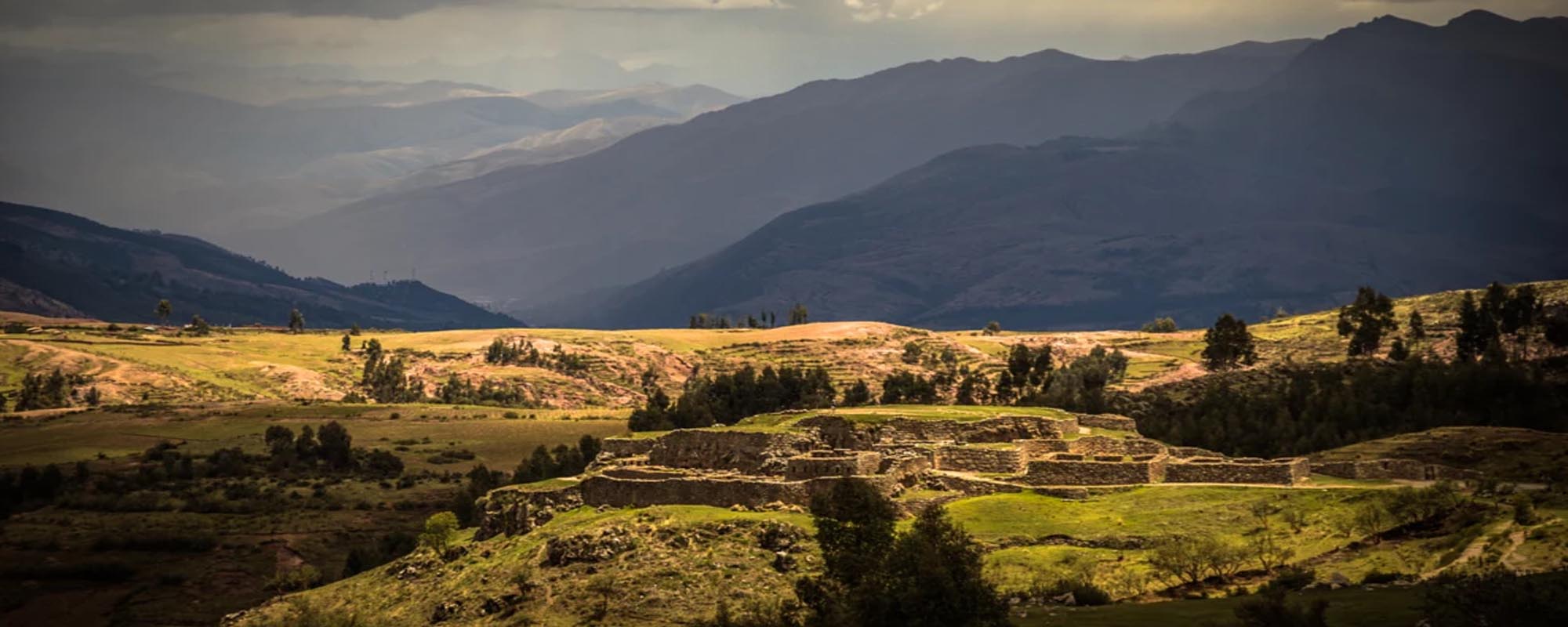
🌄 Altitudes en el City Tour Cusco
-
Cusco City: 3,350 m (10,990 ft)
-
Qoricancha (Temple of the Sun): 3,330 m (10,925 ft)
-
Sacsayhuamán: 3,600 m (11,811 ft)
-
Qenqo: 3,580 m (11,745 ft)
-
Pucapucara: 3,680 m (12,073 ft)
-
Tambomachay: 3,700 m (12,139 ft)
FAQs
City Tour Cusco | Oki Doki Operator
🏛️ What is the Coricancha or Temple of the Sun?
Coricancha, meaning “Golden Enclosure,” was the most sacred temple of the Inca Empire, built by Pachacútec in 1438 after defeating the Chancas. Originally known as Inticancha under Manco Cápac, it was dedicated to the Sun God (Inti), where the Willac Umu (high priest) and tarpuntaes performed astronomical and ceremonial functions.
Rooms within also honored other deities like Wiracocha, Illapa, and Mama Quilla, with golden and silver sculptures crafted by Chimú artisans—many of which were looted during the Spanish conquest.
🌀 What can I see at Qenqo?
Qenqo is a fascinating site filled with underground galleries and sacred carvings. Its centerpiece is a massive carved stone believed to have been used for chicha rituals. Visitors can explore tunnels and a circular ceremonial patio, where a central wanka (sacred stone) likely represented a deity.
🏰 Why is Puka Pukara called the “Red Fortress”?
Named for the reddish hue its stones take on at sunset, Puka Pukara served both military and administrative purposes. The site features terraces, stairways, and passages—once traveled by nobles and messengers of the empire. It stands as a stunning example of functional Inca architecture.
🦁 What makes Sacsayhuamán so impressive?
Sacsayhuamán is a colossal Inca fortress overlooking Cusco, known for its enormous granite walls built with extraordinary precision—without mortar. Legend has it that 20,000 men constructed it over 70 years. The layout represents the head of a puma, the sacred symbol of Cusco. Notable features include the Rodadero (natural rock slide) and the Inca’s Throne.
💧 What is the significance of Tambomachay?
Also known as Thanpumach’ay, this site is a ceremonial center dedicated to water and fertility. Located in the Antisuyo region, it includes aqueducts, water canals, and terraces still in use today. Rituals here honored Pachamama (Mother Earth), blending astronomy with agriculture in a sacred landscape.





